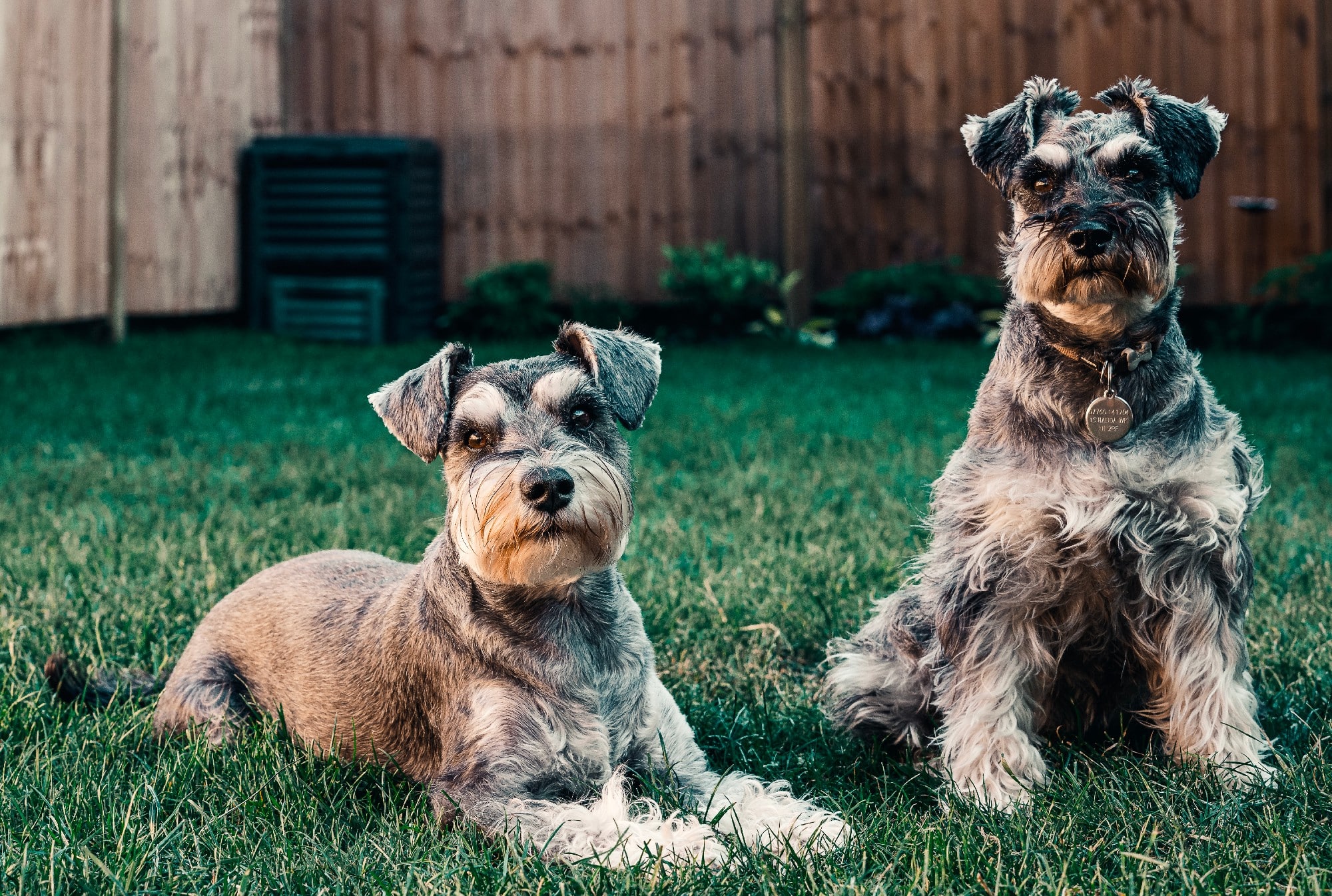Hosting a backyard barbeque is the perfect way to kick off the summer season. But while your guests are savoring the delicious food, all you keep noticing are the unsightly brown patches in your yard.
While you certainly adore your dogs, you may not love what they do to your yard. Whether it’s your pup’s pee causing brown spots or him digging holes in your garden, your pup can definitely wreak havoc on your landscaping aesthetics.
If you want to enjoy a lush, dog-friendly outdoor oasis this summer, follow these four simple tips to dog-proof your yard.
1. Plan for Those Brown Dog Urine Lawn Spots
One of the biggest problems pooch parents face regarding landscaping is ugly brown spots caused by their pet’s urine.
Your dog’s pee contains nitrogen compounds. While appropriate levels of these compounds can help your garden grow, too much nitrogen will cause your lawn to yellow. This problem can be exacerbated by female dogs, as they tend to pee in one spot. If your pet is larger or eats a protein-rich diet, the likelihood of his urine burning your grass may increase.
Related: This App Lets Your Rent a Backyard for Your Dog
So, what should you do? Clint Walz, Ph.D., an extension turfgrass expert at the University of Georgia’s Turfgrass Research and Education Center, recommends changing up the spots your dog pees in.
“If you can, let your dog urinate in different spots of your property. This is a lot like the technique farmers use for resting their fields,” he says. “Let the dog go in the front yard sometimes and in the backyard other times. You can also walk your pet. This discourages your dog from urinating in the same spot, allowing the grass to recover.”
You can also feed your dog food with lower amounts of protein to decrease the nitrogen levels in his urine. You can also try increasing your dog’s water intake to dilute his pee by incorporating more wet food into his diet. There are also some supplements that market themselves as grass savers, as they reportedly alter a dog’s pee by reducing nitrogen levels to stop grass burn, though reviews are mixed. Before changing your dog’s diet, always consult with a vet.
2. Prevent Dog Path Problems
Your dogs might have created trails in your backyard by playing or running in the same location, or their nails dig up the grass. To prevent dog path problems, choose durable grass or grass substitutes that can endure the traction.
“Turf grass is an excellent permanent vegetative cover. It has a deep, dense root system that does a great job of holding the soil and providing a nice playing surface for dogs while preventing mud and dirt from getting in the house,” Walz said.
He adds, “Their below-ground rhizomes and above-ground stolons allow these grasses to recover faster and also withstand the traffic you can get from your dogs.”
Depending on where you live, you can determine your hardiness zone created by the USDA. This can help you determine which turf grass type will best be equipped for your dogs.
Turf grass is categorized by climate. Here is a quick breakdown:
Cool season grasses: Annual and perennial ryegrass, bentgrass, Kentucky bluegrass, and red fescue.
Warm season grasses: Bermuda grass, buffalograss, bahia, carpetgrass, centipede, zoysia, and St. Augustine grass.
Transition zone grasses: Tall fescue, zoysia, perennial ryegrass, and Kentucky bluegrass.
Related: How to Create the Ultimate Backyard for Your Dog
3. Avoid Toxic Plants and Pesticides
Toxic plants could put your dog in danger. According to the American Society for the Prevention of Cruelty to Animals (ASPCA), dog-toxic plants include tulips, rhododendrons, hydrangeas, hostas, and daffodils, among others. Symptoms will vary from tummy troubles to seizures.
Some varieties of mulch, such as cocoa bean shell mulch, are also toxic to your dog. Cocoa mulch contains theobromine, which is the same dog-toxic alkaloid found in chocolate. Wood chips, gravel, and shredded hardwood mulch are safer alternatives.
Furthermore, pesticides are dangerous to dogs. A study published in the scientific journal Environmental Research found that dogs of owners who treated their lawns with pesticides had a 70% greater risk of getting canine malignant lymphoma. Always treat your lawn with organic pesticides and fertilizers.
If you think your dog has consumed a toxic plant, call the ASPCA Animal Poison Control Center at (888) 426-4435 or your vet right away.
4. Create Natural Borders
According to Walz, poorly established lawns can easily be damaged by larger or rambunctious dogs. He recommends letting your pup play in other areas of your property to allow your lawn to establish a strong root system.
You can also create natural barriers to prevent your dog from getting into particular sections of your yard. Stone walls, dense shrub lines, and portable fences all work wonders.
If you want to enjoy a beautiful backyard this summer, you’ve got to puppy-proof it. Choose durable grass species, make your dog urinate in different spots, and always use pet-safe plants, pesticides, and mulch.
Related: 7 Natural Ways to Protect Your Dog From Mosquitoes in Your Backyard


















